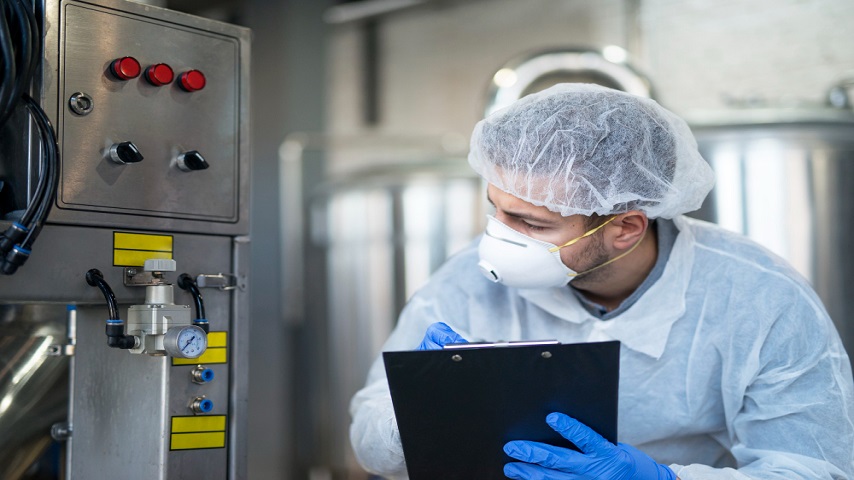In today’s hyper-connected industrial world, seamless communication across machines, devices, and systems is no longer a luxury—it’s a necessity. Whether in a factory, power plant, or processing facility, connectivity is the backbone of efficiency, productivity, and adaptability. As industries push toward smart manufacturing and digital transformation, they rely on interfaces that can bridge the gap between old and new, local and remote, and simple and complex.
This is where Schneider Electric plays a transformative role. Through a comprehensive suite of interface modules, HMIs, gateways, and communication devices, Schneider Electric ensures that industrial systems not only talk to each other—but do so securely, accurately, and in real time.
In this article, we’ll explore how Schneider’s interface solutions improve connectivity, reduce complexity, and support smarter decision-making across industrial environments.
Why Interfaces Matter in Industrial Systems
Industrial systems today are made up of multiple layers—field devices, control systems, human-machine interfaces (HMIs), enterprise applications, and cloud platforms. Each layer may involve different communication protocols, hardware architectures, and data formats. Without the right interfaces, this diversity can create silos, slow down operations, and increase maintenance complexity.
Interfaces act as translators and enablers, allowing data and commands to flow efficiently across systems—ensuring interoperability, faster response times, and streamlined workflows.
Schneider Electric’s Interface Solutions: An Overview
Schneider offers a wide range of industrial interface products, designed to meet the communication and integration needs of both legacy and modern systems. These include:
- Human-Machine Interfaces (HMIs): High-performance visualization and control terminals.
- Communication Gateways: Protocol converters that bridge different networks and devices.
- I/O Modules: Devices that collect digital and analog signals from sensors and actuators.
- Serial and Ethernet Interfaces: For seamless connectivity to PLCs, drives, and third-party systems.
- Edge Devices and Routers: For secure data transmission between on-premise equipment and cloud services.
All these components are designed to be interoperable, secure, and compatible with Schneider’s EcoStruxure architecture, enabling complete end-to-end system integration.
Key Benefits of Schneider Interfaces
- Universal Connectivity Across Protocols
Industrial environments often involve a mix of protocols—Modbus, Profibus, CANopen, EtherNet/IP, OPC UA, and more. Schneider’s communication gateways and interface modules support a wide range of industrial protocols, allowing seamless integration across diverse devices and systems, including legacy equipment.
- Enhanced Visibility and Control with HMIs
Schneider’s Magelis HMI range offers intuitive touchscreen interfaces that give operators real-time access to machine status, alarms, and diagnostics. These HMIs are easily integrated with PLCs and SCADA systems, reducing the need for multiple user interfaces and enabling faster decision-making on the shop floor.
- Remote Monitoring and Edge Intelligence
With the rise of remote operations and decentralized control, Schneider’s interface solutions are built with edge computing capabilities. Gateways and routers collect, process, and transmit data locally—reducing latency and bandwidth consumption. This ensures timely alerts and insights even without continuous internet connectivity.
- Simplified Integration and Engineering
Schneider interfaces are designed with ease of use in mind. Pre-configured templates, drag-and-drop software tools (like EcoStruxure Machine Expert), and standardized connectors reduce engineering time and minimize integration errors. System integrators and OEMs benefit from faster commissioning and improved reliability.
- Scalability for Any Application Size
From a single-machine installation to an enterprise-wide automation network, Schneider’s interface solutions scale effortlessly. This allows businesses to start small and expand their connectivity infrastructure as operational needs evolve.
- Built-In Cybersecurity
All Schneider communication interfaces include encryption protocols, firewall protection, user authentication, and firmware update support. This ensures secure communication and safeguards critical infrastructure from unauthorized access or cyberattacks.
Real-World Applications and Use Cases
Manufacturing
In a multi-vendor manufacturing plant, Schneider gateways enable machines with different communication protocols to work together. This interoperability supports real-time monitoring of equipment, predictive maintenance alerts, and automated material handling systems.
Water and Wastewater Management
Schneider’s interface devices help unify control systems across pump stations, treatment plants, and distribution networks. Operators can monitor pressure levels, flow rates, and chemical dosing from a centralized SCADA system, improving service reliability and resource efficiency.
Power Distribution
In substations, Schneider’s interfaces allow protection relays, meters, and switchgear to communicate with energy management systems. Data from these devices is used for load forecasting, power quality analysis, and fault diagnosis—ensuring stable and reliable electrical supply.
Building Automation
In smart buildings, Schneider HMIs and communication modules link lighting, HVAC, security, and energy management systems. This integrated approach leads to optimized comfort, energy savings, and reduced operational costs.
EcoStruxure-Enabled Connectivity
All Schneider interface products are part of the EcoStruxure ecosystem—a unified IoT-enabled architecture that connects the operational layer to cloud-based analytics and enterprise-level decision-making. Through EcoStruxure, users gain access to powerful tools like EcoStruxure Machine Advisor and EcoStruxure Asset Advisor, which turn raw data into actionable insights.
Whether it’s preventive maintenance scheduling, remote diagnostics, or performance benchmarking, these tools depend on accurate, real-time data—made possible through reliable interface connectivity.
Future-Proofing Industrial Operations
As industries move toward Industry 4.0 and beyond, the need for agile, secure, and intelligent communication infrastructure becomes critical. Schneider’s interface solutions are designed with this future in mind, supporting technologies like digital twins, AI-driven control, and cloud-edge convergence.
By investing in robust connectivity today, businesses lay the groundwork for smarter operations tomorrow.
Conclusion
Modern industrial performance hinges on how well systems connect, communicate, and collaborate. Schneider Electric’s interface solutions remove barriers between devices, platforms, and protocols—creating a unified, intelligent network where information flows seamlessly.
Your source for authentic Schneider Electric supplies in Vadodara—wide range, unbeatable deals.
Request your wholesale quote now and power up with confidence!
 :
https://www.shreelight.com/
:
https://www.shreelight.com/

